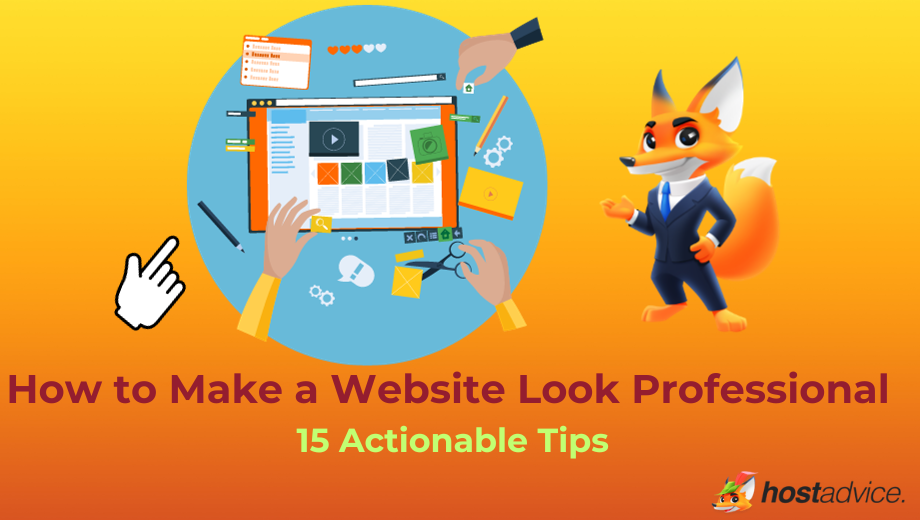“Building a High-Quality Website on a Budget: A Step-by-Step Guide”
In today’s digital world, having a website is essential for individuals, businesses, and organizations to establish an online presence. However, Create Budget website can sometimes feel overwhelming, especially when working with a limited budget. With the right strategy, tools, and know-how, you can create a functional, attractive, and effective website on a tight budget. Here’s how to achieve this without compromising on quality.
1. Define Your Purpose and Goals
Before you start building your website, it’s crucial to define the purpose of your site and the goals you want to achieve. Knowing the purpose will help you decide what features you need, which will prevent unnecessary spending on tools or services that don’t align with your objectives.
Key Points:
Identify the primary function (e.g., content sharing, product sales, lead generation).
Prioritize the necessary features and leave room for future expansion.
Keep the user experience (UX) in mind as it will play a significant role in your website’s success.
2. Choose the Right Platform
One of the most critical decisions you’ll make when building a budget website is choosing the right platform or website builder. There are several affordable options available, each with its own set of features. The choice largely depends on your needs, technical skills, and design preferences.
Popular Options:
WordPress: Ideal for blogs, small businesses, and e-commerce. The platform is open-source and free to use, although you’ll need to pay for hosting and any premium themes or plugins. WordPress is highly customizable, offering thousands of themes and plugins to enhance functionality.
Wix: A drag-and-drop website builder, great for beginners. Wix offers affordable pricing plans and a variety of templates, making it easy to create a visually appealing site without coding skills.
Squarespace: Known for its beautifully designed templates, Squarespace is excellent for creative portfolios or visually-driven businesses. It offers an all-in-one solution, including hosting, for a monthly fee.
Shopify: If you’re building an e-commerce store, Shopify provides a budget-friendly way to create a store without having to manage the technical aspects of hosting or security.
3. Invest in a Good Hosting Provider
Web hosting is one of the most important factors that can influence your website’s speed, reliability, and performance. Fortunately, there are budget-friendly hosting providers that offer quality service. When choosing a host, it’s essential to consider uptime guarantees, customer support, scalability, and ease of use.
Affordable Hosting Providers:
Bluehost: Known for being affordable and user-friendly, Bluehost is a great option for WordPress websites.
HostGator: Offers low-cost plans with good performance and excellent customer support.
SiteGround: Provides slightly higher prices but offers exceptional speed, security, and customer service.
Ensure that you select a plan that offers enough resources for your current needs, but also allows room for growth as your traffic increases.
4. Use Free or Affordable Themes
One way to cut costs when creating your website is by using free or affordable themes. Many website builders and platforms like WordPress offer thousands of free themes that you can customize to suit your style and branding.
When selecting a theme, prioritize:
Responsiveness: The theme should be mobile-friendly, as more users are accessing websites on their phones.
SEO-friendliness: Ensure the theme is optimized for search engines to improve your visibility online.
Simplicity: Avoid overly complex designs that might slow down your website.
If your budget allows, consider investing in a premium theme, which typically costs between $30 and $100. Premium themes often come with additional features, better customer support, and regular updates.
5. Leverage Free Plugins and Tools
To enhance your website’s functionality, you don’t need to invest in costly premium tools from the start. Platforms like WordPress have a vast selection of free plugins that add important features such as SEO optimization, security, contact forms, and more.
6. Optimize for Speed and SEO
A fast and well-optimized website is critical for both user experience and search engine rankings. Luckily, there are ways to improve your website’s performance without spending a lot of money.
Image Compression: Use free tools like TinyPNG or ShortPixel to compress images, which will improve load times.
CDN (Content Delivery Network): Many hosting providers offer free CDN services like Cloudflare, which help deliver your website’s content faster by using servers closer to your users.
SEO Best Practices: Implement SEO strategies such as keyword optimization, meta tags, and content creation to improve your search engine rankings and attract organic traffic.
7. Limit Custom Development
Custom coding and development can quickly drive up the cost of building a website. If you don’t have the skills to code, it’s best to avoid hiring developers for custom features unless absolutely necessary. Instead, make use of the customization options available through themes and plugins.
8. DIY Content Creation
Content is king when it comes to building a successful website, and you don’t need to hire expensive copywriters or designers to create it. You can save money by writing your own blog posts, product descriptions, or about pages. Additionally, use free design tools like Canva to create high-quality graphics and visuals.
9. Start Small and Scale Later
Finally, if you’re working with a tight budget, start small and add features as your website grows. You don’t need to launch with all the bells and whistles right away. Focus on the essentials: a professional design, clear navigation, and compelling content.
Conclusion
Creating a budget website without compromising on quality is entirely possible with a clear strategy, the right tools, and a focus on efficiency. By choosing affordable platforms, free resources, and doing some of the work yourself, you can build a site that looks professional, performs well, and serves your business needs without overspending. Start small, and gradually scale as your budget and website grow.














Post Comment